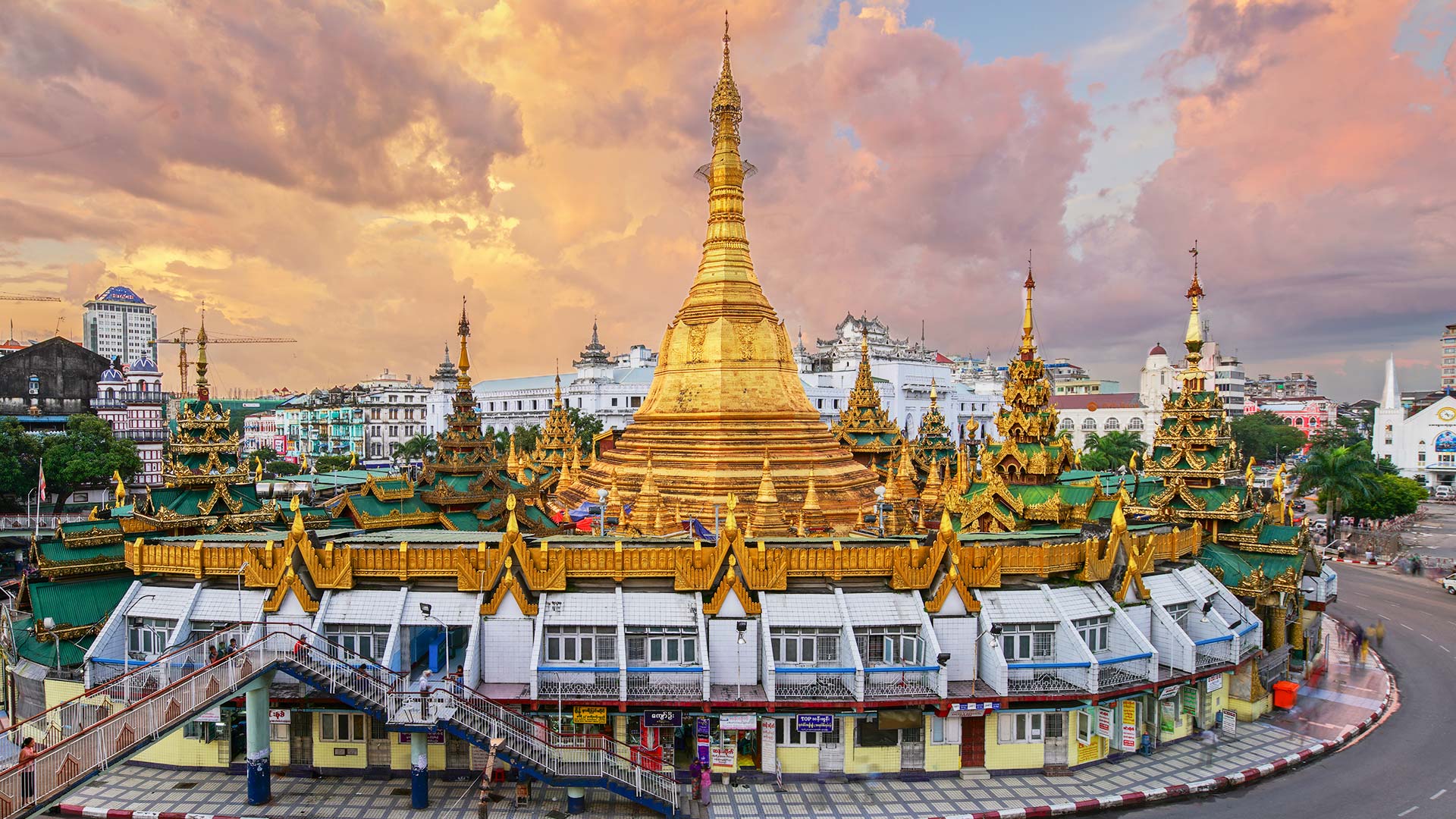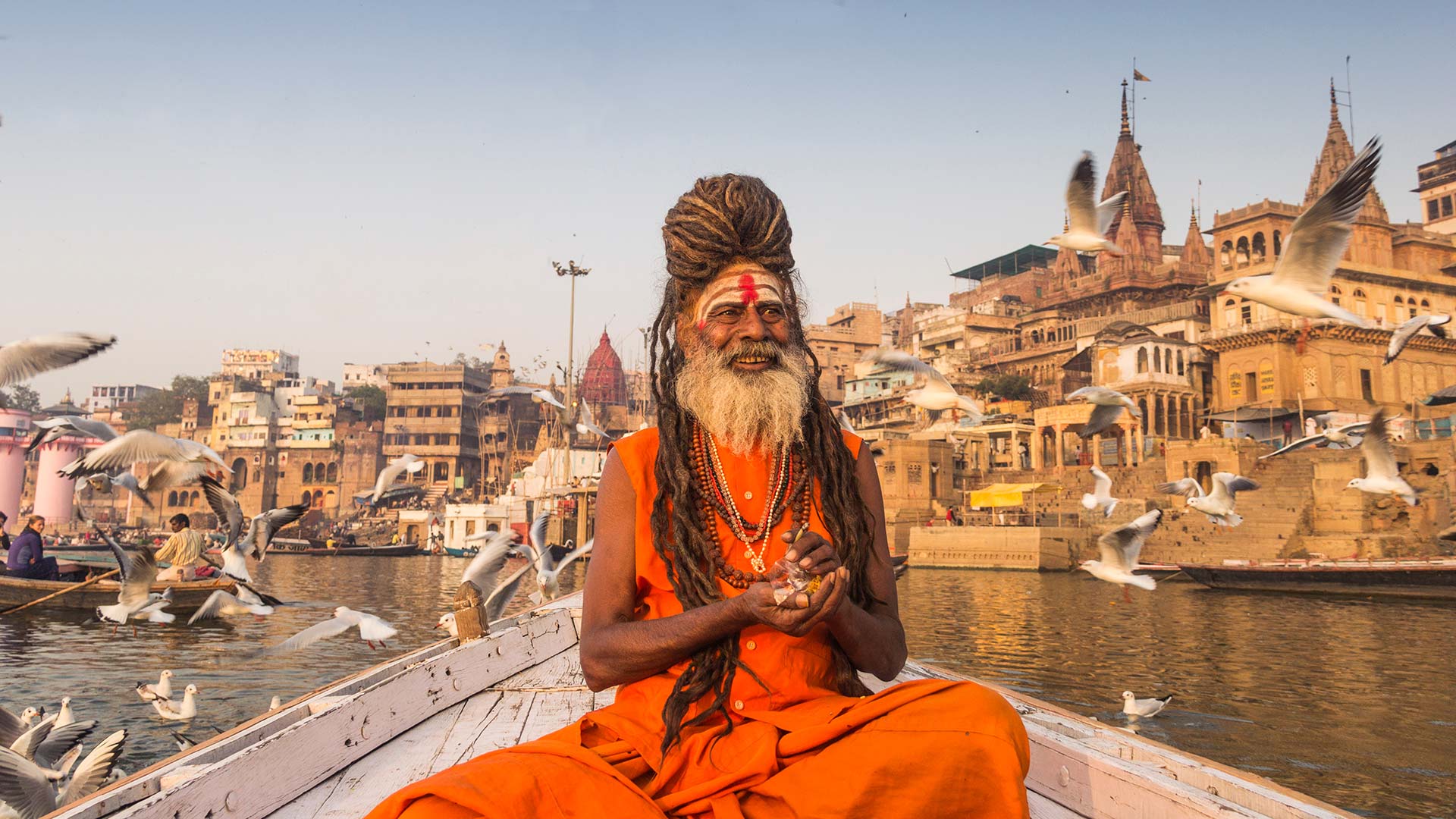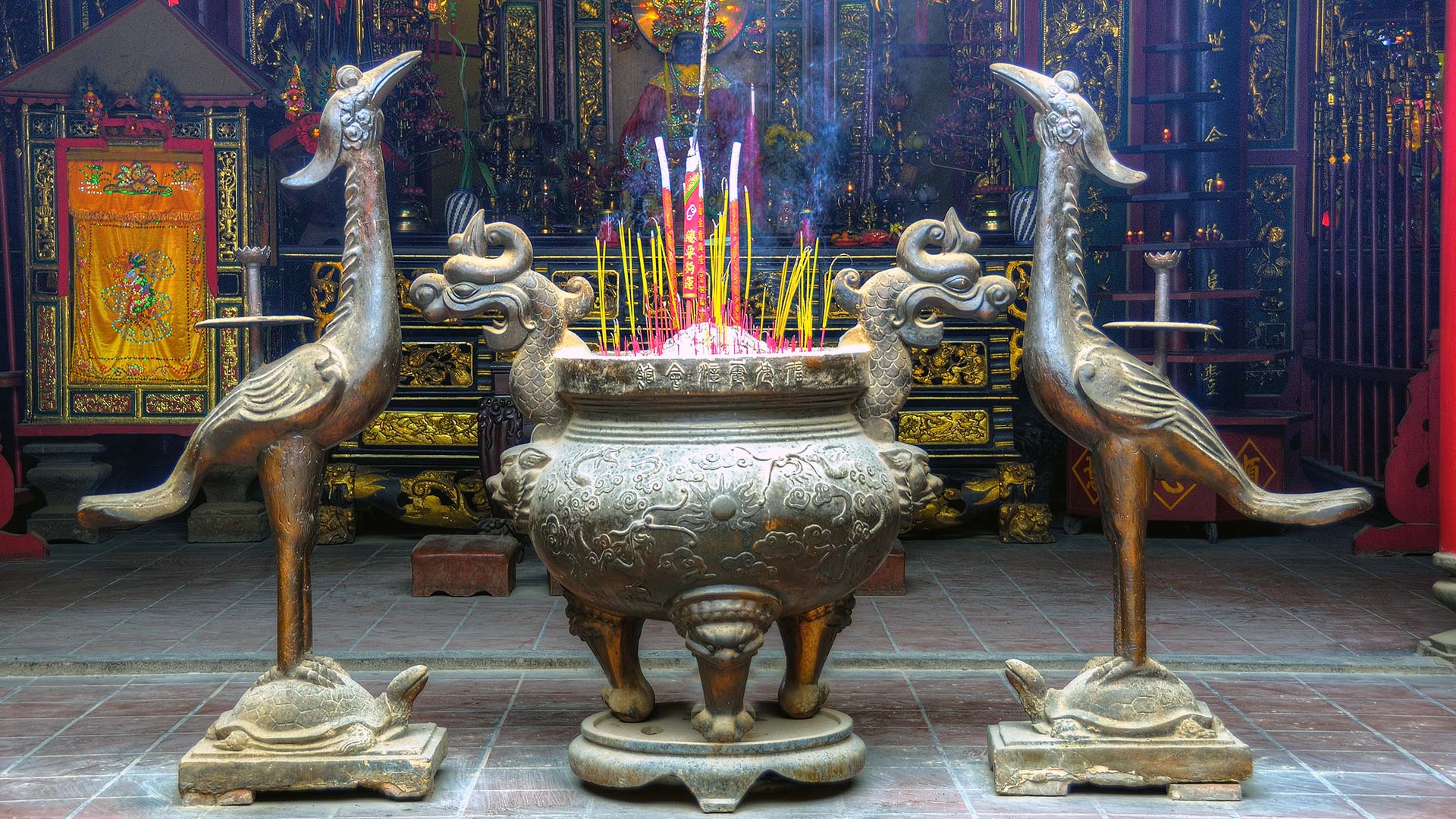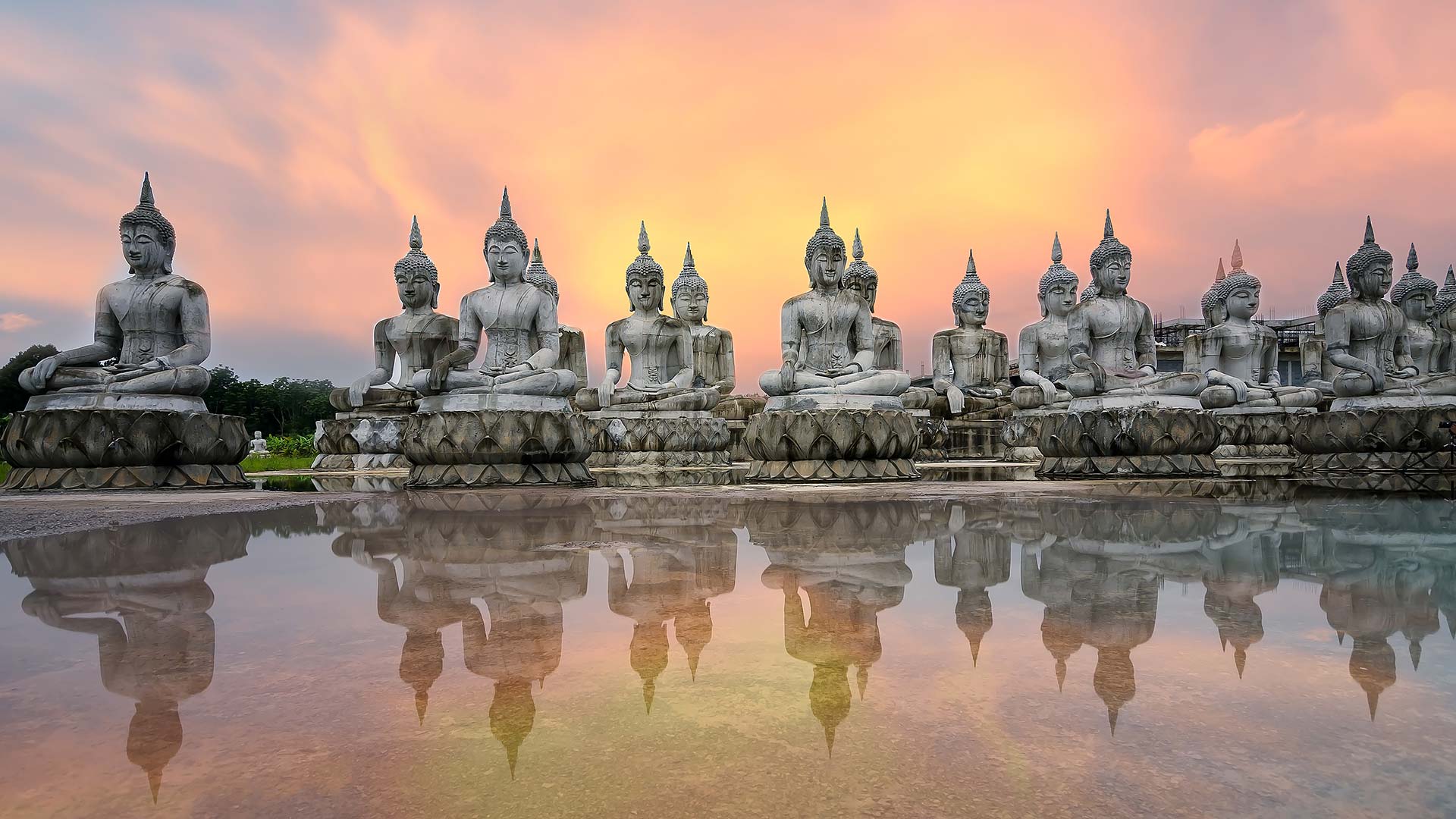The fortuneteller in Yangon, the Southeast-Asian metropolis formerly known as Rangoon, announced my future as if we were on a game show and I had just won a BRAND NEW CAR! “Next year,” he said, “you will marry … FOREIGN-BORN WOMAN!” he screamed. And just for emphasis he began a verbal compendium for me: “Burma woman, Thai lady, Brazil woman.”
Okay, I got the idea. Thank you very much. But what came next threw me off. The fortuneteller paused and then announced, “In five years, you become … WIDOWER!”
I hadn’t planned to have my unfortunate future told to me that afternoon in Myanmar’s biggest city, but I was out for a stroll and happened upon a street lined by fortunetellers. One waved me over. I shrugged and sat down. When we were finished, he pointed to nearby Sule Pagoda, its 2,600-year-old, 144-foot-high golden dome shimmering in the Southeast Asian sun. He handed me a candle and said, “You go there and meditate.”
I had assumed this was his prescription to cure my future ails and maybe add some longevity to my future, foreign-born wife I had yet to meet. And so I went. After all, the future wife will certainly appreciate it.

But the fact is, I probably would have ended up meditating at the temple anyway. Because that’s what I do, especially when I’m traveling in Buddhist countries. I’ve practiced meditation for the last 20-plus years and, most recently, I’ve become a certified meditation teacher. At home or on the road, I try to meditate daily. But I find it particularly beneficial when I’m traveling.
While meditation has attracted a legion of Western practitioners in the last few decades, it’s still widely misunderstood by many in the West. Some people just don’t understand its purpose; others think meditation is just for some blissed-out guru sitting on a mountaintop, levitating.
But dedicating 10 or 20 minutes per day to sitting and listening to your breath while letting any inevitable thoughts that arise float out of your mind like a cloud on a breeze, you’ll become more aware of your thoughts; you will begin to carefully respond to stressors instead of instantly reacting; you will sleep better; you will have more moments of clarity when it comes to dilemmas in life; and it will give you more equanimity — the ability to remain calm in the face of adversity. And those are just a few of the benefits.
It won’t turn you into a superhuman, and it takes dedication and consistency, but regular practice will make you a steadier, more peaceful person.
And that includes when you travel. Because travel can be stressful. After all, the word travel itself evolved from “travail,” which is derived from “tripalium,” a crucifixlike ancient Roman instrument of torture.
Let me count the ways travel can be tortuous: the fear of missing your flight, going through airport security, ingesting the gruel they serve you on airplanes, that guy seated in front of you who reclines all the way back into your lap on the long flight, wild taxi rides, scammers, petty theft, international ATM fees from your bank, and, of course, finding out you’re going to be a widower to a woman you haven’t even met yet.
I’m a travel writer, which means I’m on the road a lot. It also means I encounter one or more of these scenarios on each trip. When I do, I lean into meditation. Sometimes on the flight. Sometimes in my hotel room. And often at a Buddhist temple (if there’s one nearby, at least).
Meditating while traveling is not only an antidote to anxiety. It also inspires mindfulness, the byproduct of which is compassion and empathy. Travel often has a way of making us more empathetic to the world outside of our comfort zone. And meditation is an empathy enhancer, a compassion booster.
And so when I’m in Hoi An, Chiang Mai or Siem Reap, just to name a few places, you might find me at a Buddhist temple sitting peacefully in the lotus position in front of an altar. In Varanasi, India’s chaotic spiritual center of all things Hindu, I would just plop down on a ghat alongside the holy Ganges River and meditate for a while, often next to a gray-bearded sadhu, or holy man.

In fact, it was while meditating in Varanasi that I could understand how this practice was created in India in the first place — at least if the pace of India of millennia ago was even a portion of how frenzied it is now. It’s the only way in India to really escape from the tumult of the outside world.
Of course, my practice has steadied me at other moments, as well. One time, en route to Ho Chi Minh City, I waited at my gate at JFK Airport, looking for the Vietnamese-born, New York–based chef I was set to travel with — and subsequently write about for a magazine article. Departure time neared, but he still hadn’t appeared. And then my phone pinged with a three-word text from him: “I come tomorrow.”
I boarded alone, and after the long, arduous flight — during which I meditated regularly — I received yet another text from the chef, this time four words: “Sorry, I come tomorrow.”
The following day produced a similar text. Yes, I was worried I’d traveled all the way to Vietnam and there was a chance this chef, the subject of my article, was never going to show.
I reminded myself of two things. First, the word “worry” is derived from the old High German word “würgen,” which means “to strangle.” And second, a Buddhist proverb: “If you have a problem that can be fixed, then there is no use in worrying. If you have a problem that can’t be fixed, then there is no use in worrying.”

And so, throughout this waiting game in Saigon, I was also meditating at a Buddhist temple in town. And it calmed me. It reminded me that there was nothing I could do about the problem of the missing chef. And so, why worry?
There is a symbiotic relationship between happiness and suffering. To paraphrase Vietnamese-born Zen monk Thich Nhat Hanh: The lotus flower grows out of the mud. And so suffering is the mud that we must be able to use in order to grow the flower of love and understanding.
I was taking refuge in these wise thoughts. Then, finally, approximately three days after I’d arrived in Saigon, I was meditating in that Buddhist temple again, and my phone buzzed. There was yet another text from the chef, six words this time: “I am here. Where are you?”
With that, I was in business. I could have spent the previous three days stewing in frustration in the mud. But instead, I took a more mindful approach, and the results were a few tranquil days of lazily exploring the city’s streets (and Buddhist temples) on my own before my real work began. My lotus flower had bloomed.
And so when I found myself, years later, at the Sule Pagoda in Yangon, I lit the candle that the fortuneteller had given me, placed it at the altar, and shifted into the meditative lotus position. But I didn’t meditate on the hope my future foreign-born wife lives a long life.
Instead, I focused on my breath, felt the intense energy of the place, and accepted that any adversity life throws at me, at home or on the road — heartbreak, loss, death, hopefully inaccurate fortunetellers — I will confront it with the calm fortitude my meditation practice has taught me.
David Farley is a New York City-based food and travel writer whose work appears in the New York Times, National Geographic, and BBC, among other publications. He’s the author of three books, including “An Irreverent Curiosity: In Search of the Church’s Strangest Relic in Italy’s Oddest Town,” which was made into a documentary by the National Geographic Channel. You can find him online at dfarley.com and TripOut.online.




